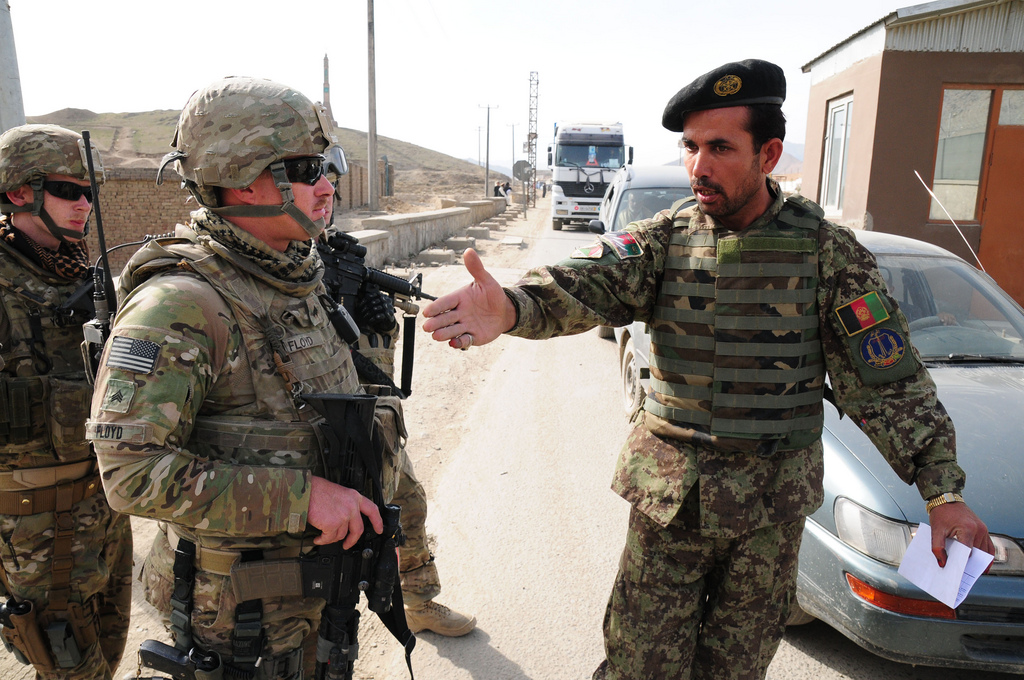WASHINGTON, March 8, 2012 — The Defense Department needs two rounds of the Base Realignment and Closure process this year and next to shed excess building space and save money, the deputy undersecretary of defense for installations and environment told a congressional panel today.
The two BRAC rounds would align with the department’s strategic guidance for a leaner, more flexible force as it rebalances after the wars in Iraq and Afghanistan, Dorothy Robyn told the House Armed Services Committee’s readiness subcommittee in prepared remarks.
“Of all the efficiency measures that the department has undertaken over the years, BRAC is perhaps the most successful and significant,” she said.
The department’s fiscal 2013 budget request calls for a 5.5 percent reduction in military end strength in the next five years.
“Simply stated, the cuts in force structure that we are implementing must be accompanied by cuts in supporting infrastructure, including military bases,” Robyn said. “Absent a process for closing and realigning bases, the department will be locked in a status quo configuration that does not match its evolving force structure, doctrine and technology.”
Robyn said the expense of maintaining bases that are excess to strategic and mission requirements would force the department to cut spending on forces, training and modernization.
The department needs to close installations not only in the United States, for which it needs congressional approval, but also overseas, where it doesn’t, she said.
“The department’s request for additional rounds of BRAC comes at a time when we are looking aggressively at where we can close bases overseasparticularly in Europe,” Robyn said. The department already has made significant cuts in Europe, turning over more than 100 sites to host nations since 2003, she said. By fiscal 2015, the Army is expected to close another 23 European sites, she added.
Still, Robyn said, the department “can do more to consolidate our infrastructure with the goal of reducing long-term costs while still supporting our operational requirements and strategic commitments.”
To do that, Robyn said, the department can reduce the number of “discrete” installation sites in Europe from more than 300 to about 200 — those which currently house most activities — and eliminate excess support infrastructure such as warehouses, administrative space and housing.
While acknowledging that BRAC closures are painful, Robyn said they “have left our military far better prepared to take on changing strategic challenges than it would have been had Congress and the department not had the courage to undertake them.”
While the department retains some authority to close and downsize installations, Robyn said, BRAC is a better process, allowing for more community support.
The department spends about $40 billion annually on building construction, sustainment and recapitalization, Robyn said, and an additional $15 billion on support programs ranging from air traffic control to payroll to religious and recreational services. “Wecannot afford to maintain excess capacity,” she said.
In 2004, the department had 24 percent excess capacity relative to its force structure plans, Robyn said. The 2005 BRAC eliminated only about 3 percent of the department’s capacity, as it was designed mostly to reconfigure excess space, rather than close it, because the military was in a growth stage, she said.
While some have criticized the 2005 BRAC as unexpectedly expensive at $35.1 billion, the savings also exceeded that of any other BRAC round, at $4 billion each year, she said.
Robyn asked that Congress move quickly to approve the BRAC rounds.
“While some may view our request for a round in 2013 as aggressive, the magnitude of the cuts we are making in force structure means we simply can’t wait,” she said. “Leading U.S. corporations retain their vitality and market position by being able to adapt quickly to changed circumstances, and the U.S. military is no different.”
Source:
U.S. Department of Defense
Office of the Assistant Secretary of Defense (Public Affairs)

 von
von 
